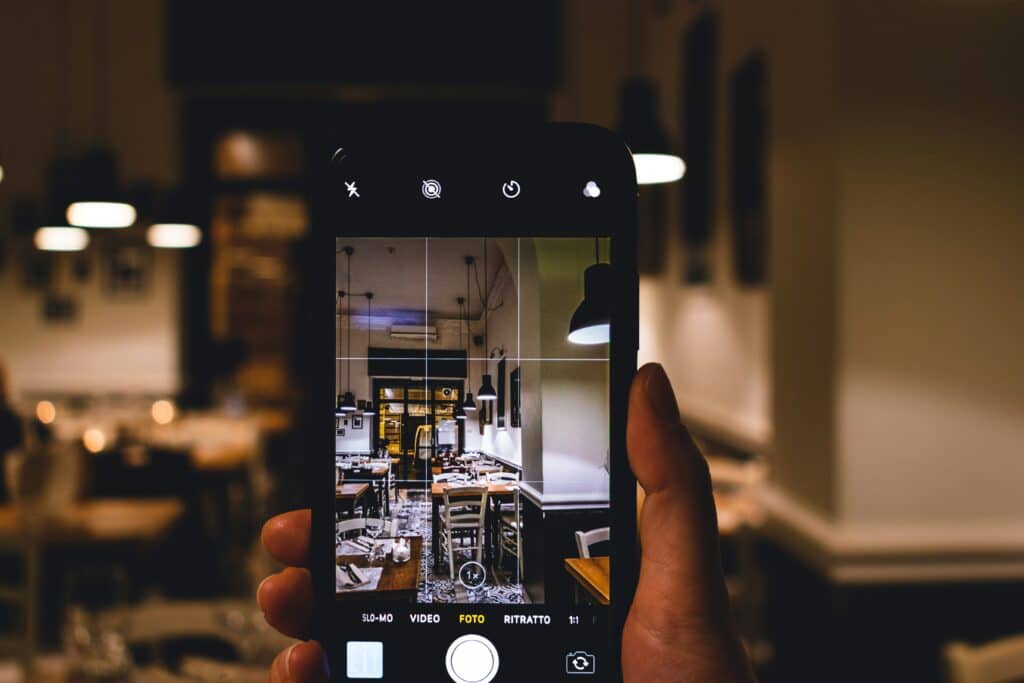User-generated content (UGC) has transformed the way brands engage with their audiences. By showcasing authentic, real-life experiences from customers, businesses can build trust and drive deeper engagement. When combined with digital signage software, UGC becomes even more powerful, amplifying voices from social media onto eye-catching, real-world displays.
Whether you’re using a network of screens across multiple locations or testing the waters with free digital signage software, tapping into your customer base for content can elevate your campaigns from good to exceptional.

Encouraging Customer Participation
To leverage UGC effectively, you first need customers willing to contribute. This starts by making participation easy, rewarding, and visible.
1. Create clear calls to action (CTAs): Encourage customers to tag your brand on social media using a specific hashtag or handle. For example, “Tag us with #CafeOnScreen for a chance to be featured!”
2. Offer incentives: Competitions, shoutouts, and discounts in exchange for participation are great motivators. Even small incentives can drive engagement if the reward feels personal.
3. Highlight existing content: Use your digital signage to celebrate past contributions. Seeing others featured creates a sense of community and motivates new customers to join in.
4. Choose the right moments: Prompting UGC during peak experience moments, such as when customers receive a product, attend an event, or enjoy a service, creates more compelling, authentic content.
Integrating Social Media Feeds
One of the most effective ways to bring UGC into your digital signage ecosystem is through social media integration. Many modern digital signage software platforms support this feature, allowing you to pull in live content from platforms like Instagram, X (formerly Twitter), and Facebook.
1. Automated feeds: With platforms like TrouDigital, you can set up feeds to automatically display content from specific hashtags or profiles. This ensures fresh content with minimal manual effort.
2. Geo-tagged content: Target location-specific content by filtering posts shared near your business locations. This makes the signage relevant to local audiences.
3. Event-based feeds: For events or pop-ups, create temporary feeds around a campaign hashtag. It’s a great way to spotlight attendee content and build real-time buzz.
Using real customer voices adds authenticity to your signage, providing social proof that’s significantly more trusted than brand-produced messaging. You can even schedule content to make sure that messaging aligns with social media campaigns.
Moderation and Content Curation
While UGC can be a powerful asset, it’s important to ultimately maintain control over what appears on your screens. Not every post will align with your brand’s tone or be appropriate for public display.
1. Manual moderation: Opt for digital signage software that allows you to approve posts before they go live. This layer of control helps maintain brand integrity.
2. Whitelisting contributors: Consider pre-approving a group of trusted brand advocates whose content you know will align with your standards.
3. Establish content guidelines: Make it clear what kind of posts you’re looking for, whether it’s aesthetic photos, customer testimonials, or creative videos. Clear guidelines help users submit higher-quality content.
4. Curate intentionally: Not all UGC needs to be real-time. Curating a ‘best-of’ playlist from user submissions gives you quality control while still spotlighting your audience.
If you’re just starting out, free digital signage software may still provide moderation tools that help you trial UGC integrations safely.
Benefits and Challenges
Benefits
1. Boosts trust and authenticity: UGC is perceived as more genuine than branded content. It demonstrates real people enjoying your product or service.
2. Drives engagement: Customers featured on your screens are more likely to share their experience and talk about your brand, extending your reach organically.
3. Saves time and cost: Instead of generating new content from scratch, you’re repurposing what already exists in your community.
4. Enhances in-venue experience: Seeing real customer stories in a retail space, waiting room, or public setting creates a more relatable, human experience.
5. Builds community: Showcasing customer voices makes people feel seen and valued, turning casual users into more loyal advocates.
Challenges
1. Quality control: Not all UGC meets brand or content standards. You need systems in place to moderate effectively.
2. Relevance and freshness: UGC can go stale quickly. It requires ongoing engagement efforts to keep the pipeline full and relevant.
3. Technical limitations: Some free digital signage software may not support advanced social media integrations or content filtering, making it harder to scale.
4. Copyright and consent: Always ensure that you have permission to use submitted content, especially when displaying it in public spaces.
Choosing the Right Software
To make the most of user-generated content, it’s important to choose the right digital signage software platform. Look for features like:
- Social media feed integration
- Content moderation workflows
- Playlist scheduling and tagging
- Cloud-based updates for real-time content changes
Platforms like TrouDigital offer all these tools and more, helping you seamlessly bring UGC into your signage campaigns while staying in control.
Whether you’re using screens in retail, education, hospitality, or healthcare, UGC offers a powerful way to create richer, more relatable messaging. When people see themselves, or people like them, on-screen, they connect with your brand on a deeper level.
